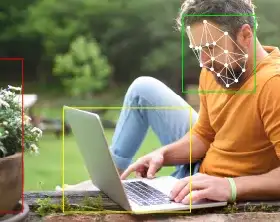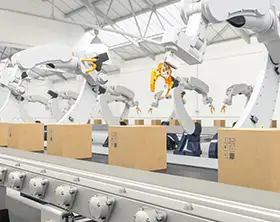7 Agriculture Trends Set to Revolutionize Your Business in 2024
Smart agriculture, or smart farming, has been expanding by leaps and bounds recently. From $15 billion in 2022, its market value is projected to grow up to $33 billion by 2027. The trend to increasingly implement advanced tech in this sector is one born of necessity, and has emerged for a number of reasons:
- Food production growth. According to a report published by the Food and Agriculture Organization of the UN, the world population is expected to reach 9.1 billion by 2050, which is 34% higher than in 2023. The study suggests that in order to feed such a growing population, food production should rise by 70% — which translates to an annual meat production increase of more than 200 million tons and a yearly increase of cereal production by a whopping 3 billion tons.
- Overconsumption. Natural resource extraction is growing at an incredible pace. For example, in 2022, the EU’s material footprint amounted to a stunning 14.8 tons per capita. It is clear that resource consumption will continue growing faster than economic output, which requires the immediate optimization of natural resources use.
- One of the key modern curses, air pollution, contributes to 8.8 million deaths annually. Agriculture plays a significant role here, with its production accounting for 40% of global food system emissions (which is 18 GtCO₂e per year).
Agtech Investment
Precision agriculture, a set of agricultural technologies (agtech), has developed as a response to the ever-rising food production challenges. At the moment, companies around the world are increasingly investing in advanced tech solutions.
According to a recent McKinsey report, farmers from Europe and North America are at the helm of the world’s agtech adoption, at 62% and 61%, respectively. As for particular solutions used in agricultural settings, farm workflow management software tops the list (21% of farmers have adopted the practice), followed by sensor and precision agriculture systems (15% are utilizing this tech).
Outlining the country by country breakdown, the United States leads with 3,475 startups that produce agri technologies, among them Indigo, Apeel, Plenty, Ginkgo Bioworks, and GrubMarket. The second spot is held by the UK — it has 689 agritech startups and invests heavily in smart agriculture (its market value is $18.6 billion). Canada closes our list of the top three with 632 agritech companies. The Canadian precision agriculture market has grown at a CAGR of 11.8% in recent years, reaching $870 million.
Key Trends to Watch Out For
Now that we have delved into the reasons why agriculture technology is gaining traction, let’s proceed with the very tech itself and their applications.
IoT and Smart Sensors
The IoT market in agriculture amounted to $13.61 billion in 2022 and is estimated to reach $33.57 billion by 2032, with a CAGR of 9.5%. Sensors are also actively implemented in this sector, worth an estimated $1.8 billion in 2023 and a projected $3.1 billion by 2028.
The popularity of sensors and IoT in agriculture is no surprise, considering the value these technologies bring. Here are the most relevant use cases:
- Crop management IoT devices gather essential data like plant health and leaf moisture to detect diseases quickly and adjust irrigation schedules. Such remote control helps prevent crop yield damage and ensure higher sustainability.
- Greenhouse monitoring presupposes measuring parameters such as air temperature, lighting levels, humidity, and soil conditions to increase yield and optimize resource spending.
- Cattle supervision leverages IoT sensors attached to animals to monitor cattle health conditions and log their activities. This approach helps prevent the spread of possible infections.
- Smart irrigation. Soil moisture sensors placed at the predetermined locations and depths in the field help agronomists define the level of water required for a particular area, enhancing irrigation planning.
- Fertilizer management. Electrochemical sensors accurately analyze parameters like pH and soil nutrients to measure soil fertility and help make more informed decisions on seed planting and fertilizer application.
For more detailed info about IoT implementation in agriculture, check out this comprehensive blog post.
Artificial Intelligence
An umbrella term for machine learning, computer vision, NLP, and other technologies, the use of artificial intelligence in agriculture is skyrocketing, with the market share increasing from $1.7 billion in 2023 to an expected $4.7 billion by 2028, at a CAGR of 23.1%. Artificial intelligence is widely applicable in agriculture to revamp data management workflows. It does this by turning non-digital and unstructured data collected by IoT devices into structured digital data for advanced analysis.
To mitigate the threat of natural resource devastation due to overconsumption and waste, farmers can use artificial intelligence and build more sustainable practices. For example, by predicting weather patterns (based on historical and real-time data) as well as monitoring soil and crops, AI algorithms can help agronomists optimize water and fertilizer usage, and notably reduce greenhouse gas emissions.
As for computer vision powered by video footage, its object tracking and anomaly detection mechanisms help accurately spot insects and weeds, detect as well as prevent aggressive cattle behavior, and capture plant disease. Such automation results in enhanced product quality and maximized business efficiency.
A case in point: Infopulse built an AI-powered land management app for a global agricultural company. The solution enables the real-time monitoring of hyperlocal weather for smart irrigation planning, field health status control through remote sensing and AI, and enhanced land management from a smartphone.
Unmanned Aerial Vehicles
UAVs or drones represent another trend that is worth keeping an eye on in the years to come. In 2022, the drone market in agriculture was $1.1 billion. By 2032, that number is projected to grow at a CAGR of 20.7%, reaching $7.19 billion.
UAVs are picking up steam because of their tangible business value. Here are some use cases that support the anticipated level of growth:
- Equipped with ultrasonic echoes, GPS, and lasers, seeding and crop spraying drones do more than automate time-consuming tasks — they also maximize efficiency by covering difficult-to-access and dangerous spots like waterlogged locations, small fields, steep slopes, and more. UAVs are able to administer pesticides up to 5 times quicker than conventional equipment, saving up to 60% of materials.
- Crop monitoring drones provide high-resolution data on plant conditions, helping AI algorithms with precise plant count as well as detection of stressed areas and disease infestations.
- Field analysis drones enable farmers to create 3D maps of the soil to analyze its quality, including moisture, nutrients efficiency and dead zone detection. This information is further used to improve planting, irrigation, and crop management.
Autonomous Farm Equipment
Valued at $1.03 billion in 2023, the global market for autonomous tractors is forecasted to reach a stunning $3.29 billion by 2028, with an expected CAGR of 26.1% in the 2023-2028 period.
On top of offering full autonomy in tasks like reaping, gathering, threshing, and winnowing, autonomous tractors leverage their 360-degree vision cameras, sensors, and GPS tech to perform other functions. Among them is monitoring their own performance and health as well as detecting changes in the environment, including soil parameters, plant health, and weather conditions.
Such autonomous machinery can also be used in dairy farms. For example, the Monarch Tractor has its advanced MK-V dairy feed pusher with 24/7 capacity. This feature helps increase productivity and profitability by bringing down feed refusal rates to below 4%, thus saving a farm up to $80,000 a year.
Advanced Analytics
Another farming trend that needs particular attention is data analytics. As a recent report states, the big data analytics market in agriculture was assessed at $1.24 billion in 2022, and with a CAGR of 15.60% it is expected to reach $3.95 billion by 2030.
In order to get valuable insights, a great amount of unstructured data collected by sensors, drones, and other devices should be processed and deeply analyzed. Here is where advanced data analytics comes into play:
- Yield prediction. Granular insights into weather conditions, rainfall patterns, fertilizer quality, water cycles, and other parameters are key to deciding what crops to plant, how to irrigate and fertilize them — all for better yields and minimized waste.
- Field analytics helps decide what pesticides to administer, when, and how much — to avoid its overuse in food production and decrease the side effects on the ecosystem.
- Predictive maintenance means analyzing farming equipment health and specifications to detect any deviations from the normal performance and forecast failures long before the machine fails.
A case in point: Infopulse built a robust data platform powered by Microsoft Azure to help our client introduce smart precision agriculture capabilities. By accurately processing IoT data from 10 sources and 6,000 field geometry centroids each day, the solution enables time and cost efficiency, eliminates inconsistencies, mitigates equipment downtime, and minimizes carbon footprint.
Precision Farming
This agriculture term presupposes using a combination of technologies like IoT, AI/ML, UAVs, remote sensing, robotics, and big data to automate a range of farming operations. In 2022, the precision farming market was $9.8 billion, with a projection to exceed $34.01 billion by 2032, which equals 13.30% of CAGR.
Such tech enthusiasm is logical considering the benefits precision farming offers, including increased yield, resource use optimization, and slashed costs.
The details on how this trend reinvents agriculture can be found in our recent blog post.
Regenerative Agriculture
Over the last ten thousand years, agriculture has decreased soil carbon by 840 billion metric tons. This has led to many cultivated soils losing 50–70% of their original organic carbon that is released into the atmosphere, negatively contributing to climate change.
To ensure the longevity of soil health so that it could continue feeding the planet, farmers started adopting the approach called regenerative agriculture, or carbon farming. This practice is focused on making the soil absorb and hold more carbon through technological innovation:
- Farm management software helps revamp planting and harvesting schedules, livestock management, inventory, budget, and the agricultural supply chain.
- GPS-guided farm equipment enables the precise, variable-rate application of fertilizers and seeds.
- Combined with AI, satellite imaging captures images of fields to monitor crop health, gauge soil conditions, optimize field management zone by zone, and assess weather patterns to predict floods and droughts.
- LED (light-emitting diode) lighting systems mimic the spectral distribution, intensity, and duration of sunlight to create ideal conditions for plants — despite harsh weather conditions.
Mostly used in smaller farms, these methods of soilless agriculture also contribute to sustainability and biodiversity:
- Hydroponics is an approach applied for growing plants with a water-based nutrient solution rather than soil.
- Aquaponics is a method that combines raising fish in tanks with soilless plant culture (hydroponics). Then, this nutrient-rich water is used as a natural fertilizer for the plants.
- Aeroponics is a method of growing plants, when the roots are suspended in the air and irrigated with a nutrient-dense mist.
Biotechnology
Among current trends in agriculture is biotechnology. The worldwide market for this domain of agricultural science was a stunning $106.62 billion in 2022 and is projected to hit the $242.17 billion mark by 2032. This novel approach means modifying living organisms to grow transgenic plants with extreme pest resistance, disease tolerance, drought resilience, and higher yield potential.
The method also includes producing eco-friendly solutions such as bioherbicides, biopesticides, bioplastics, and biofertilizers — to eliminate soil toxicity issues and minimize the negative environmental impact. Genetic engineering is also used to modify the genome of animals, thus improving their suitability for agriculture by enhancing their growth rates and making them resistant to disease.
Time to Act
Understanding what’s hot in agriculture right now is a necessity — not only for applying the newest tech, but also for predicting future trends to stay ahead of the game. Experts in intelligent automation and current innovations in agriculture, Infopulse is ready to assist with both. Our competence in agriculture covers but is not limited to:
- IoT software development
- AI/ML services
- Computer vision solutions implementation
- Advanced data analytics.
Whether you need comprehensive consulting with business case analysis, existing solution customization, or full-fledged development, Infopulse has got your back.

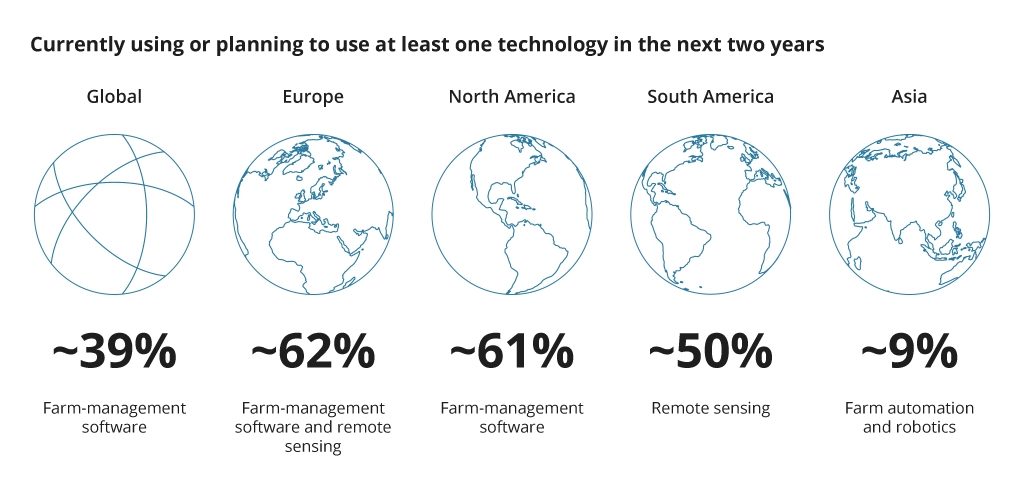
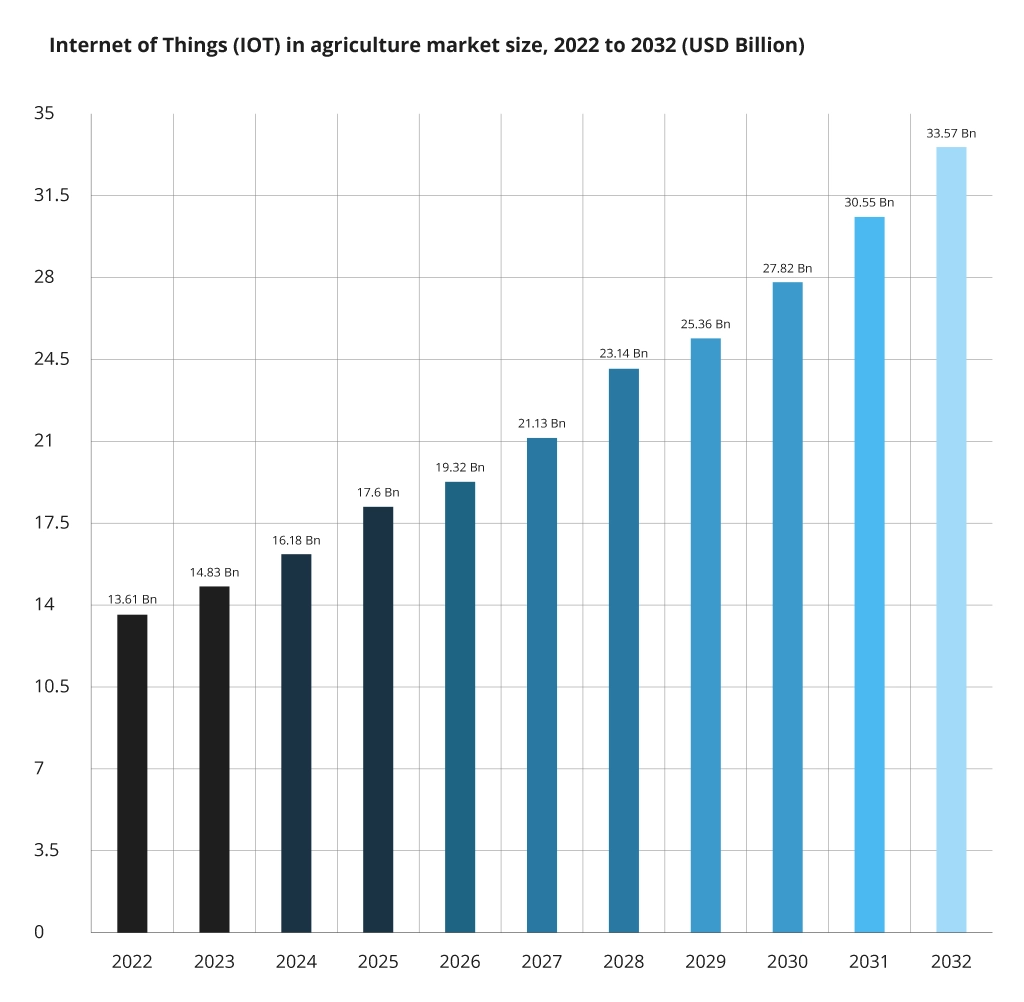
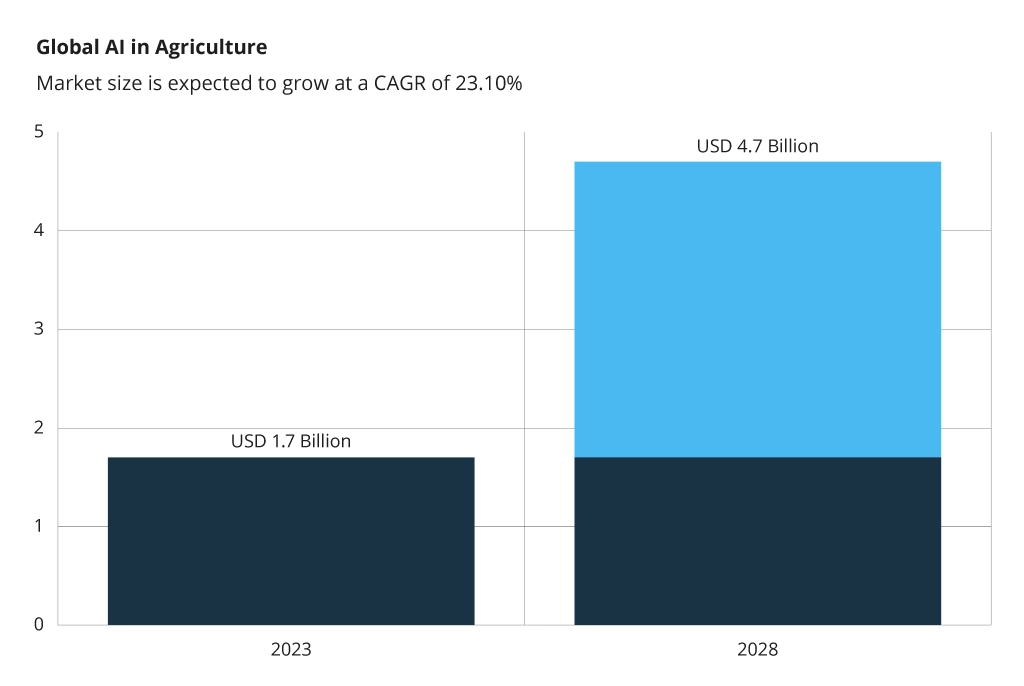
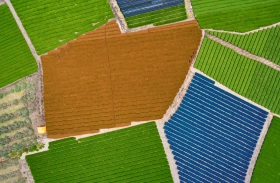
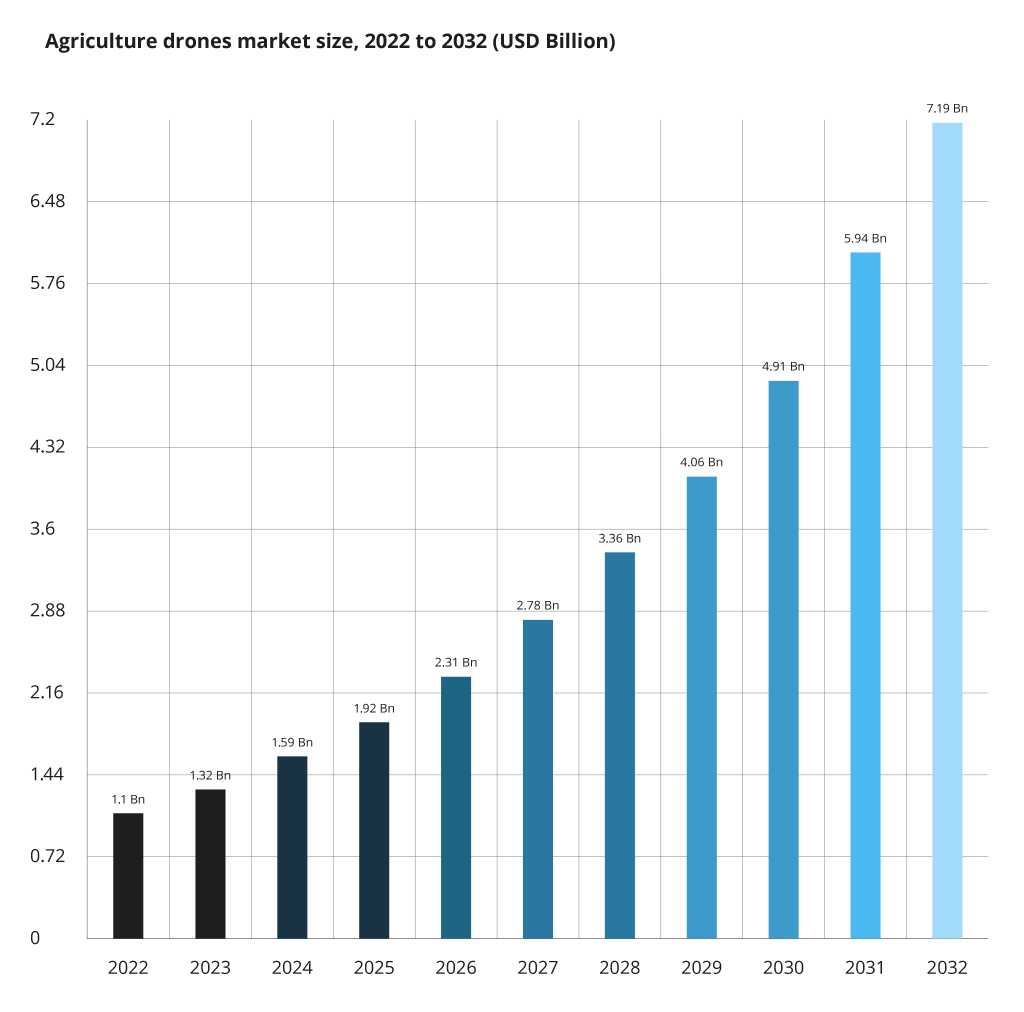
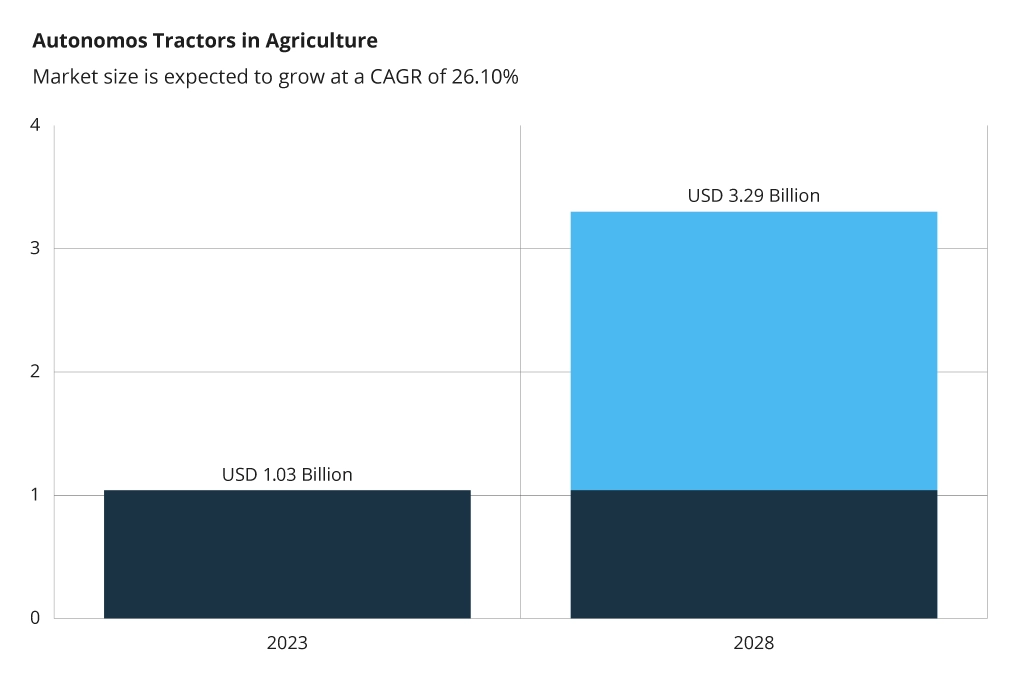
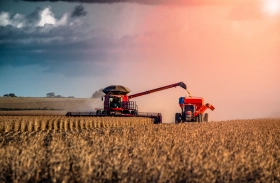
![Generative AI and Power BI [thumbnail]](/uploads/media/thumbnail-280x222-generative-AI-and-Power-BI-a-powerful.webp)

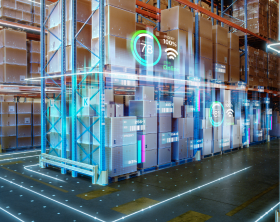
![IoT as the Core of Digital Farming and Agriculture [thumbnail]](/uploads/media/280x222-iot-as-the-core-of-digital-farming-and-agriculture.webp)
![RPA Bots in Agriculture [thumbnail]](/uploads/media/thumbnail-280x222-the-potential-of-RPA-bots-in-agri.webp)
![Challenges of Big Data Analytics [thumbnail]](/uploads/media/thumbnail-280x222-challenges-to-consider-before.webp)
![Defender for IoT [thumbnail]](/uploads/media/thumbnail-280x222-how-to-ensure-Iot-and-ot-security98.webp)
![Technology for Agriculture [thumbnail]](/uploads/media/thumbnail-280x222.webp)
